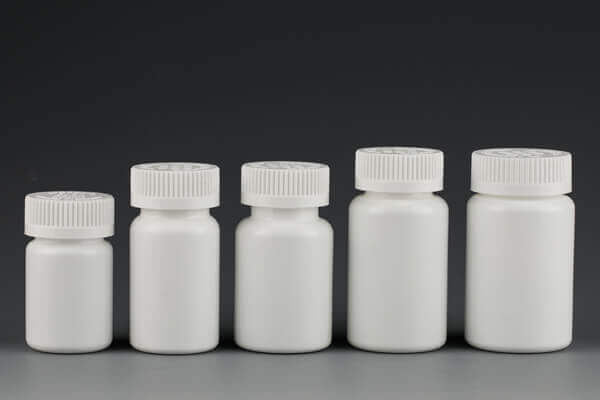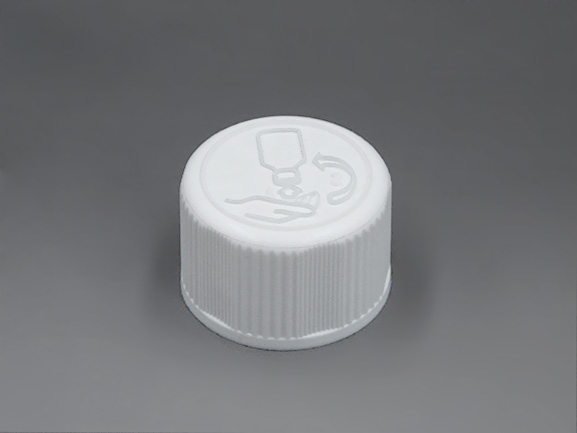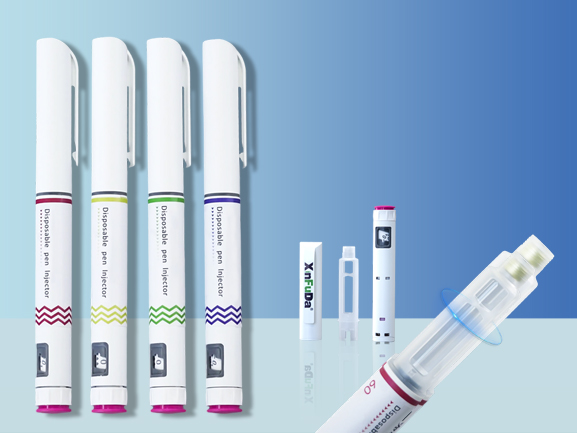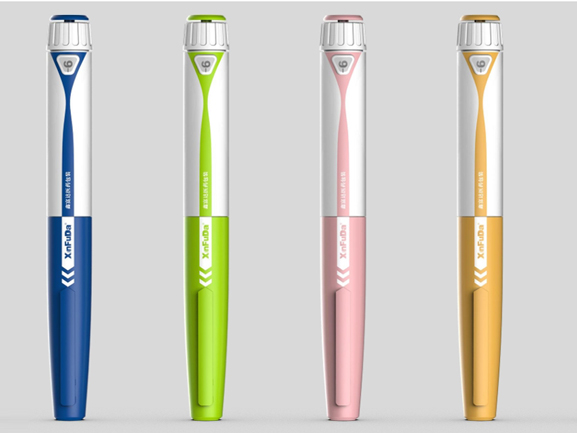As consumers' safety awareness continues to improve, child-resistant packaging has become a vital part of the global market. Parents with children in the family, especially parents of infants and preschoolers, are well aware of the potential dangers of many items in the home environment to children. In this context, the significance of child-resistant packaging has become increasingly prominent. It is not only an effective means to ensure that children are protected from harmful substances, but also a key measure to improve the overall quality of life and safety level.
HDPE bottle with child resistant closure
Historical background of child-resistant packaging
The original intention of child-resistant packaging can be traced back to the 1970s, when the United States began to implement the "Poison Prevention Packaging Act" (PPPA). This law stipulates that any household products that may pose a danger to children (such as medicines, detergents and chemicals) must be packaged in a safe way to prevent children from accidentally ingesting or misusing them. This move significantly reduced the incidence of accidents caused by children's contact with these items and became the starting point for global safety packaging specifications.
ISO 8317 standard: a globally unified safety standard
ISO 8317 is one of the important international standards for child-resistant packaging certification. Its main goal is to ensure that the packaging design can effectively prevent children from misusing it, while also taking into account the convenience of adults when using it. The standard clearly states that qualified packaging must effectively prevent at least 80% of children aged 42 to 51 months from successfully opening the package. The implementation of this standard has unified and standardized child-resistant packaging worldwide, effectively ensuring the safety of children.
28mm child resistant cap for liquid
Taking into account both child safety and adult convenience
While ensuring the safety of children, the ISO 8317 standard also takes into account the convenience of adults, especially the elderly, when using packaging. For items used in daily household use, adults often need to be able to easily open and reseal the package, especially daily necessities such as medicines and cleaning products. Therefore, child-resistant packaging must not only have efficient protective performance, but also must take into account convenient adult operation. Through careful design, packaging can balance the needs of both, not only effectively preventing children from contacting dangerous items, but also ensuring that adults can use it without hindrance.
Global child-resistant packaging certification
Many countries and regions in the world have formulated child-resistant packaging standards similar to the US PPPA. ISO 8317 provides a unified quality standard for product packaging worldwide. If companies can strictly abide by these standards when designing and producing packaging, they can not only improve the safety of their products, but also effectively enhance the brand's trust among consumers. This global certification system enables child-safe packaging to circulate smoothly in the international market, effectively ensuring the safety of families around the world.
Enterprises should strictly abide by child-safe packaging standards
As global attention to consumer safety continues to heat up, more and more companies are aware of the importance of child-safe packaging. Whether in the design stage or the production process, companies need to strictly abide by international safety standards to ensure that packaging design can effectively prevent children from misusing it. This is not only a social responsibility of the company, but also can win the favor and trust of consumers for the brand. Child-safe packaging certification can not only help companies stand out in the fierce market competition, but also provide consumers with a more secure shopping experience.
Child-safe packaging certification plays a vital role in ensuring the safety of families and children. The implementation of the ISO 8317 standard provides a scientific basis and unified standards for child-safe packaging worldwide, helping companies to ensure product safety while taking into account the convenience of consumers. Companies should strictly follow relevant standards in the product design and packaging process to provide consumers with higher quality and safer products.



